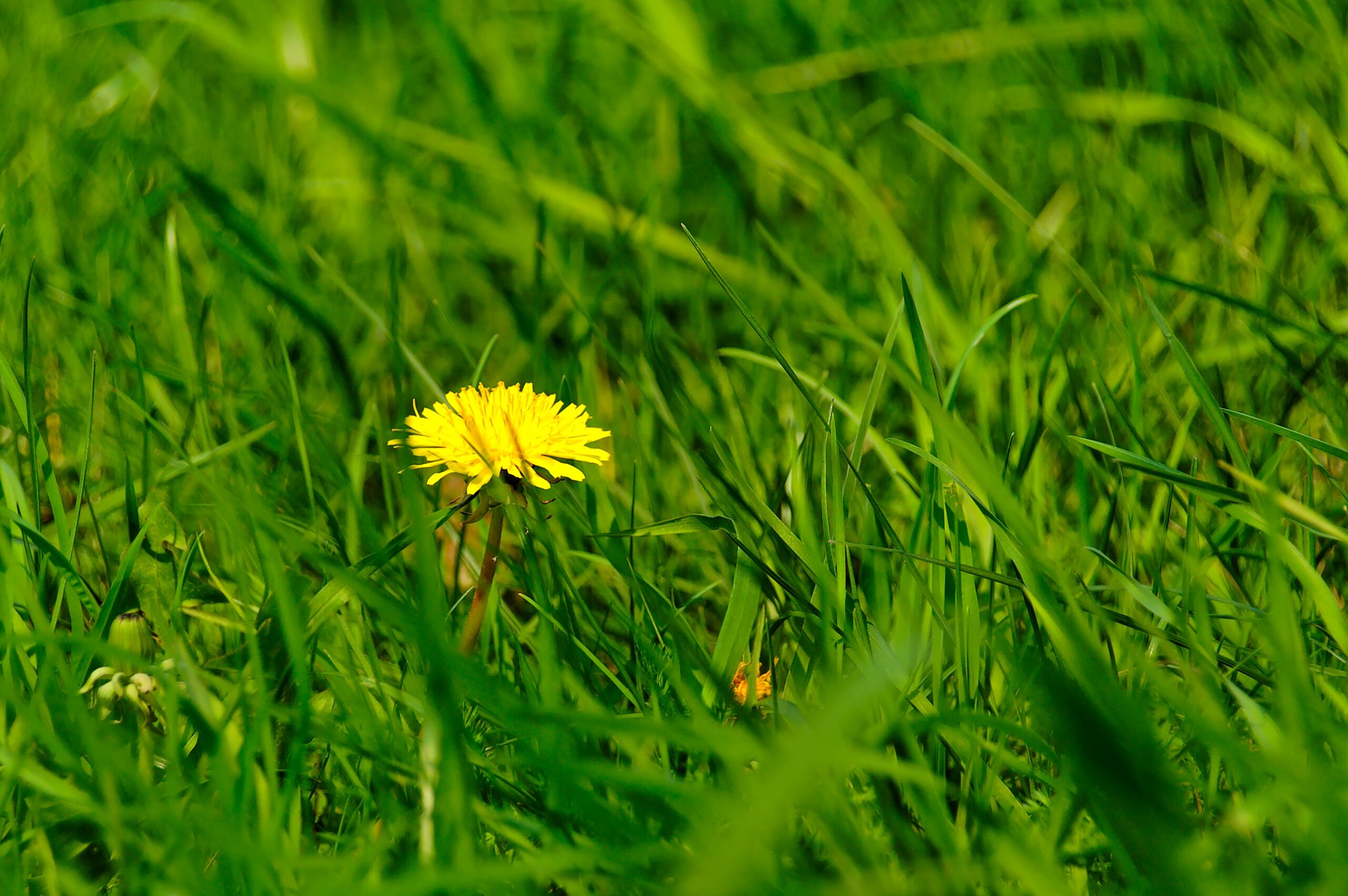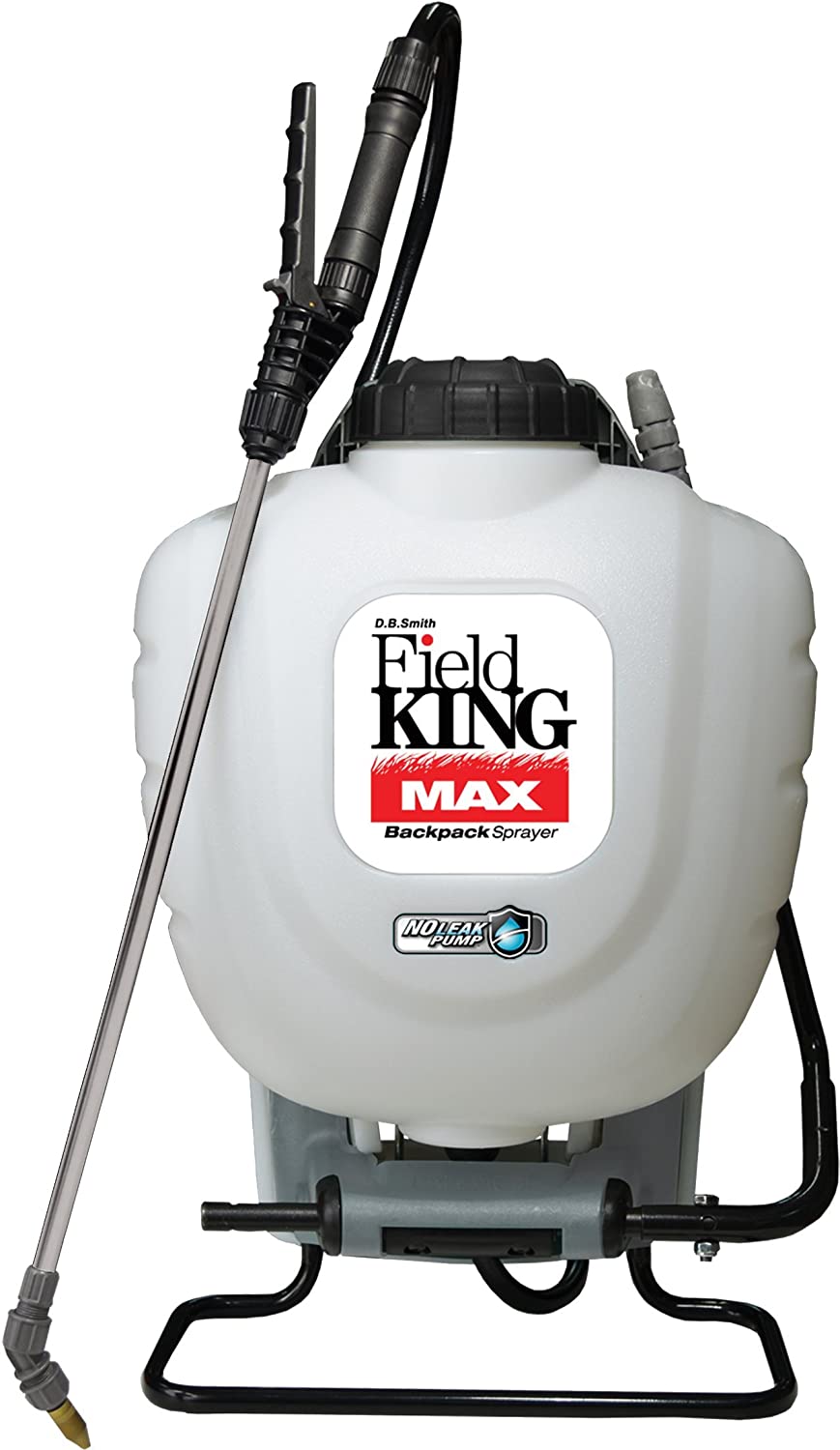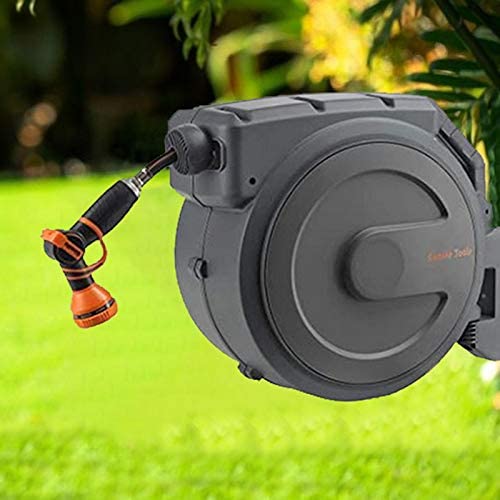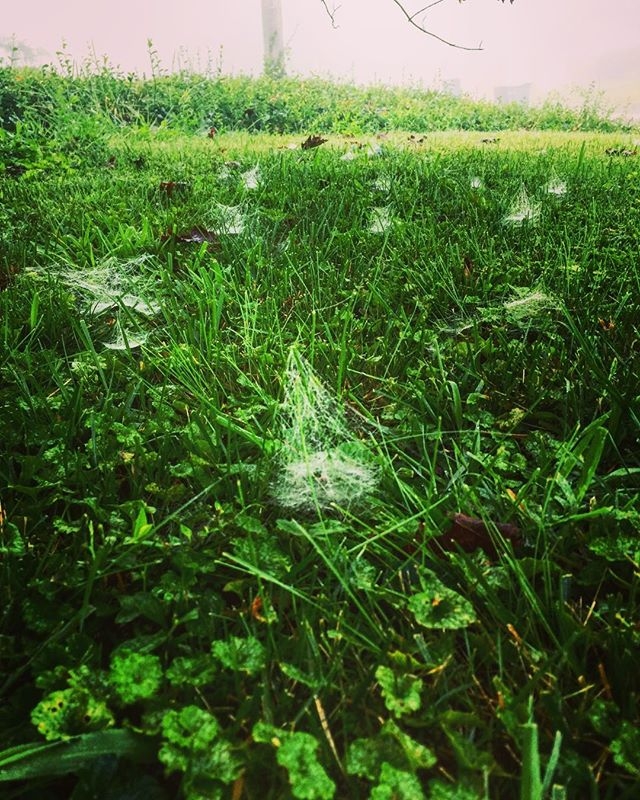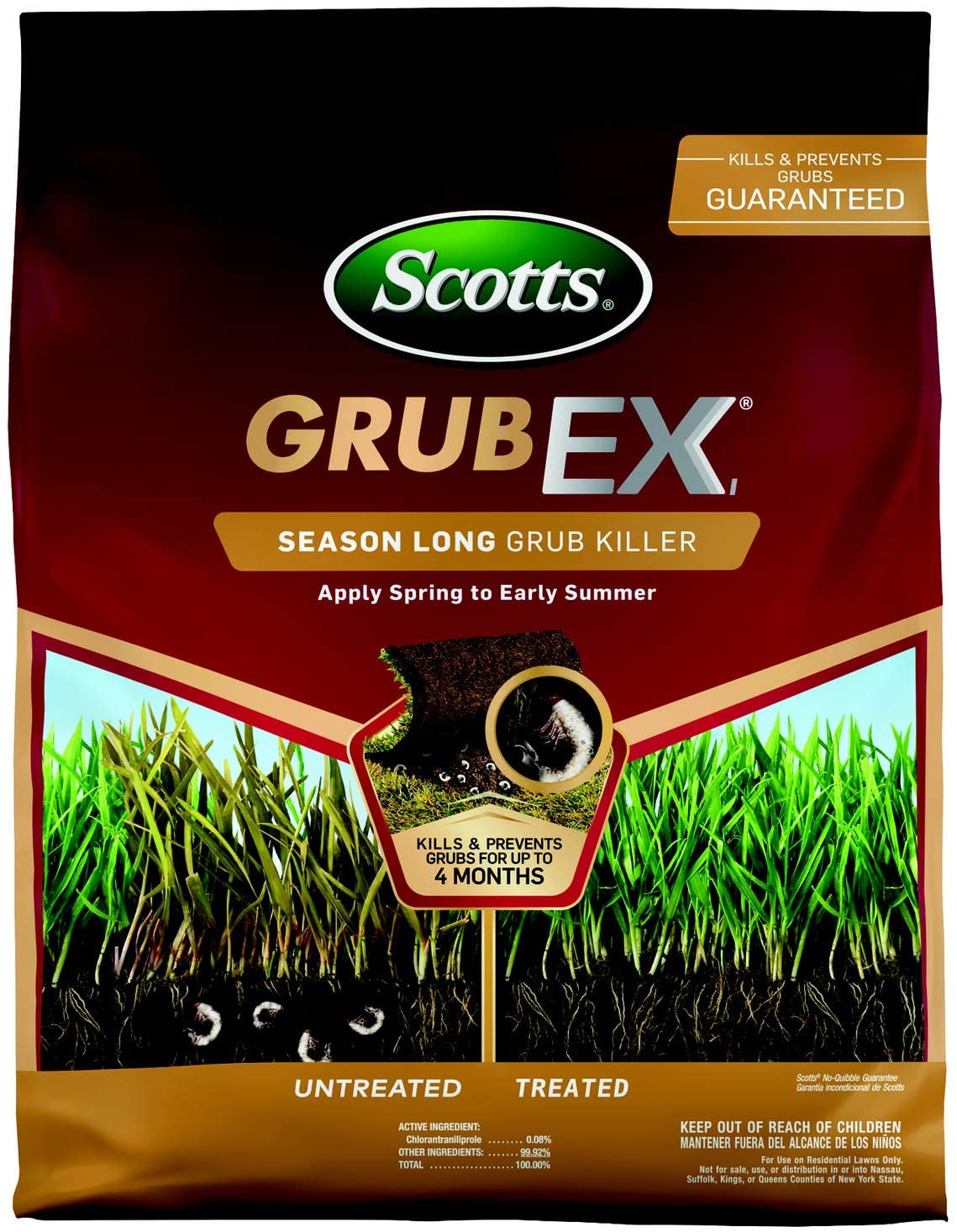Poa Annua: Prevention and Removal from Your Lawn
Table of Contents
Poa Annua, also known as annual bluegrass, is a grassy weed that is native to Eurasia. It has a high tolerance for different climates and grows all around the globe. Annual bluegrass is a lighter shade of green than Kentucky bluegrass, which is one of the most popular lawn grasses in America.
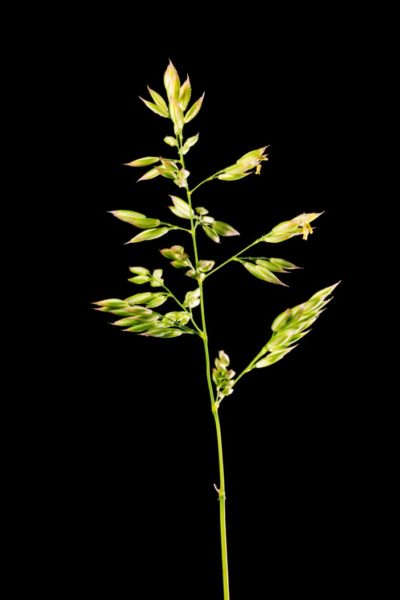
This weed grows in the spring months and usually dies off during summer. Though Poa annua does not greatly affect early months of yard growth, the die-off period can leave behind bare spots in your yard. It spreads hundreds of seeds during the spring and so it can be difficult to control.
We’ll discuss various causes of Poa Annua as well as ways to prevent it or get rid of it.
Causes of Poa Annua or Annual Bluegrass
A few environmental conditions facilitate and encourage Poa annua to grow in your yard. Seasonal changes can encourage or slow the weed’s growth, and certain times of year might be more problematic than others. Follow along below to learn about these conditions and take steps to prevent weed growth.
Too much moisture
Poa annua can adapt to various climates, but it prefers moist areas that get less sun. Moist, shady areas of your lawn provide an ideal growing spot for this weed. Monitor any spaces with these conditions and take special care to limit seed growth.
Season
Seasonal shifts also impact the vitality of Poa annua. The weed grows best in the springtime when moisture is more plentiful and the sun is weaker. Springtime creates the conditions where Poa annua is at its height.
Ease of spread
Poa annua spreads through your yard in many ways. Its seeds are carried by foot traffic, lawn mowing, bird and wildlife movement, and planting. These seeds are plentiful and sow easily. That’s why it’s important to stop growth at the germination stage.
Abundant fertilizer
Fertilizer assists seed germination, so using too much of it might propagate Poa annua seeds that are lying dormant in your yard. This applies both to natural and synthetic fertilizers. Be wary of the type and amount of fertilizer you use.
How to Prevent Poa annua
Now that you’re aware of some of Poa annua’s main causes, you can take steps to prevent and control it. If you live in an area where this weed is prevalent, some of these suggestions may help you avoid a Poa annua invasion. These steps will also prevent future Poa annua growth if the seeds are already established in your yard.
Stop seed germination before it starts
Poa annua seeds germinate in late summer/early fall. You can purchase weed preventers and herbicides, particularly for grasses, to spread before the seeds begin to grow.
Distribute an herbicide throughout your lawn in late summer to prevent Poa annua from appearing the following spring. You can also administer the herbicide in early spring to double-down on prevention.
There are sprayable, granular, and powder options for pre-emergent weed control. Choose one of these varieties and either spray or spread it on your yard twice a year. All of them are effective at controlling seed growth.
Change your watering habits
Water your lawn thoroughly, but less frequently. Poa annua has a shallow root system that cannot reach deep water. When the water sinks down into the soil, your lawn’s grass will reap the benefits, but the Poa annua will not.
Water shady areas less frequently so that they can have a chance to dry. This will alter Poa annua’s preferred habitats.
Clean mowing and pruning equipment
Because seed spread is the most problematic aspect of Poa annua growth, take care to clean all the yard equipment you use that might be spreading the weed. This includes lawn mowers, trimmers, fertilizing tools, and garden accessories.
Also be aware that shoes and pets can spread the seeds through your yard, as can wind and rain. Cleaning lawn equipment won’t prevent Poa annua growth, but it can be used in conjunction with other solutions to limit an existing problem.
Don’t over-fertilize
As mentioned above, fertilizer encourages seeds to sprout, so over-fertilizing will speed up the growth of seedlings in your yard. Avoid over-fertilizing to limit germination and control the growth process.
Minimize bare spots
Dense lawn overgrowth and compact planting will limit the available real estate for Poa annua. Seed any bare spots in your yard and encourage the growth of your grass so that any invading weeds will have few spaces to colonize. You can also fill bare spots with flowers or bulbs. This is especially important in any cool, moist areas where Poa annua might feel most at home.
How to Kill Poa Annua
At the time of this reading, you may already have a Poa annua problem in your yard. If this is the case, make sure you do not try to kill or dig up the existing weed.
Apply Pre-Emergent Herbicide in the Fall
Spreading pre-emergent herbicides at the right time is the only way to truly stop Poa annua growth. Using weed killers or manually removing the fully-grown plant will not be effective. Poa annua simply generates too many seeds for any of these techniques to work.
Poa annua blends in with Kentucky bluegrass, especially in small amounts. Moderate invasions merely produce some light green patches of grass. Digging up the weed or removing it more aggressively might cause more problems than it solves. You’ll be left with bare patches that the weed will likely re-colonize.
Instead of removing the full-grown plant, you can allow Poa annua to grow unhindered for a single season. Dealing with it at the germination stage the following fall will be the most effective way of stopping future spread without harming your lawn.
If you apply a weed preventer or post-emergent herbicide in the fall to get rid of Poa Annua the following year, that will cause a problem for those that like to overseed in the fall. It might be worth pushing your aeration and overseeding to the following spring instead so that you can get rid of your Poa Annua/Bluegrass problem.
Get Rid of Poa Annua for Good
Poa annua growth can be irritating and detrimental for your yard. By limiting certain environmental factors and using pre-emergent herbicides, you can take back control from this prevalent weed. Within a single season, your grass will be thriving without interference from any unwelcome invaders.

